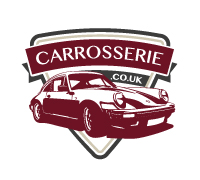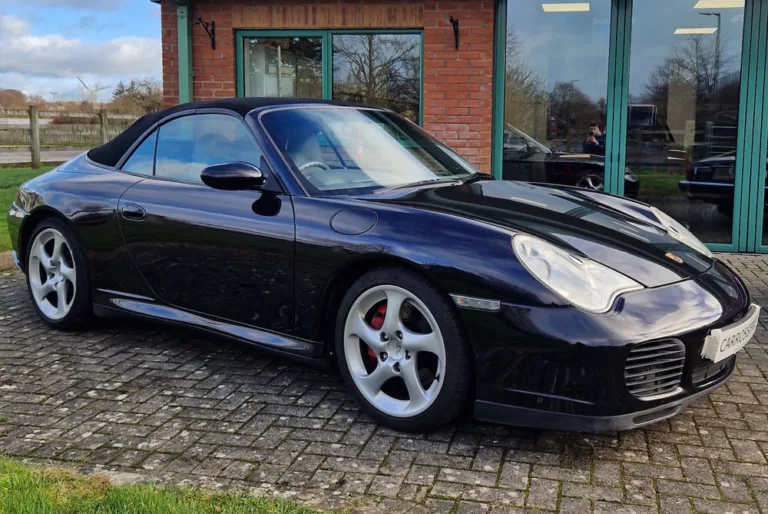
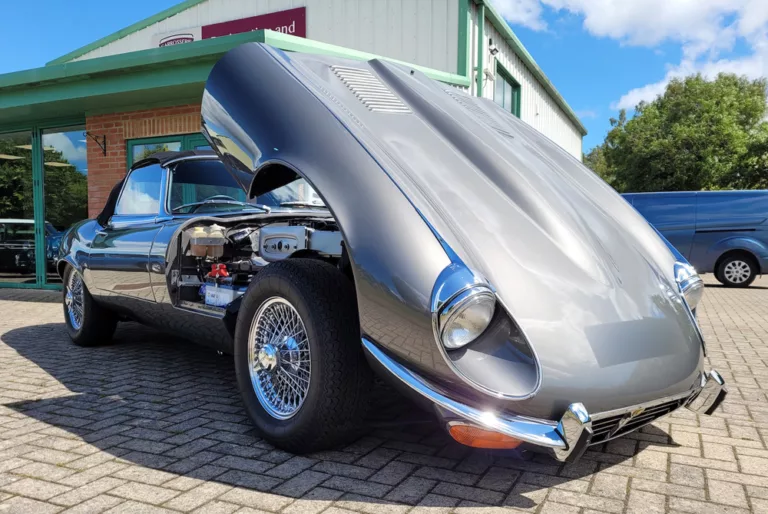
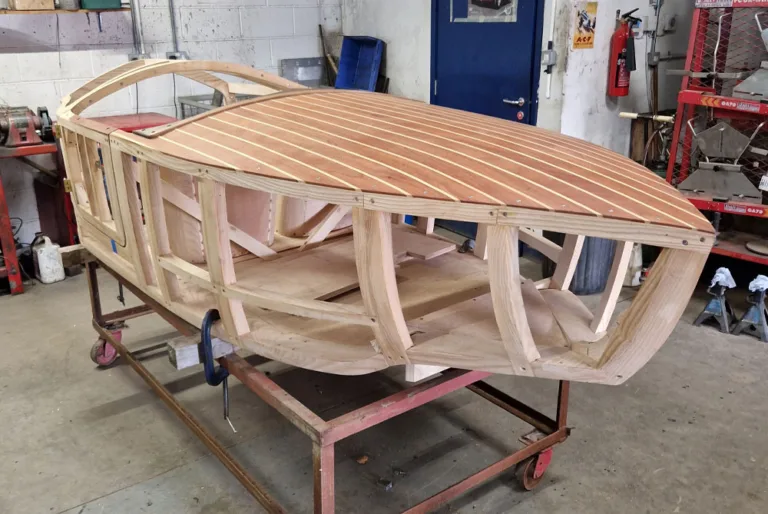
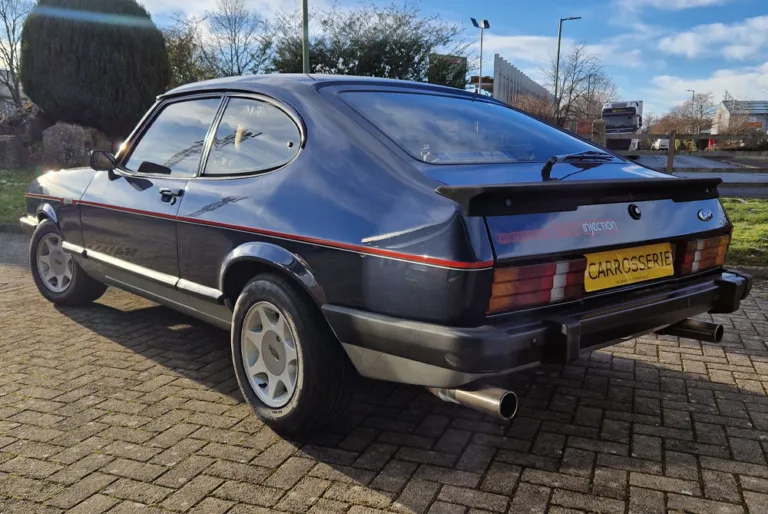
Sign up to stay informed about our latest restoration projects, industry news and more
By signing up, you agree to Bidding Classics Privacy Policy
Start your restoration journey with us today
28th May 2025: The car has began to be stripped down in preparation for a full respray. One of the first jobs will be to remove the wax oil from the bonnet and engine bay. The bonnet required some fabrication work due to rust damage, so the process of cutting out the affected areas has started and new patches are being made, welded and dressed. Engine removed and gearbox split off.
26th June 2025: More areas of rust have been discovered after further strip down. The pedal box panel being one of those affected areas, so the area has been removed, then under the panel has been prepared. Finally, surfaces are treated with Jenolite rust preparation.
4th August 2025: The body preparation has started with the removal of the original cellulose paint to get to bare steel. The bare steel will be acid treated, and then epoxy primer will be applied. We start by removing paint from the edges, then mask the edges so the paint stripper can be used to remove the rest of the paint.
Engine has came back from machine shop. Cylinder bores have been taken to +20 and honed. Crankshaft and main bearing journals have been machined to +10. Cylinder head has been pressure tested, skimmed and valve seats have been lapped.
Pedal box patch panel repairs have started to be fabricated. Once cut to size, they will be treated and welded in.
15th August 2025: Body prep to bare metal is underway. All seams on the rear end have been cleaned up with some areas needing to be rust treated due to pitting. Minor fabrication repairs have been carried out on the boot lid rain channel. Front end paintwork removed and rust treatment on all the rust pitting on bulkhead. Doors removed, sills and door aperture paint stripped.
4th September 2025: The doors and boot lid have been stripped and ground out. Rust has been treated on the inside of the doors and boot lid. The car was then masked and the main bodywork and panels were painted with Epoxy primer.
Some pics for strip/fit information.
The 1979 Triumph Spitfire 1500 is part of the third and final generation of the Spitfire, produced from 1974 to 1980. Here’s a bit of a historical breakdown of the Spitfire 1500 and the context around its production.
Background of the Triumph Spitfire
The Triumph Spitfire was a British sports car that first appeared in 1962, with its design influenced by the successful MG Midget. Over its lifespan, the Spitfire went through several iterations, with changes to styling, performance, and technology. It was originally a competitor to small roadsters like the MG Midget, Austin Healey Sprite, and the Datsun 240Z, all vying for a slice of the affordable sports car market.
The 1500 version of the Spitfire, produced from 1974-1980, represented the final chapter in its production. The car was designed to meet changing regulations and market demands, while still maintaining the lightweight, fun-to-drive nature that made the Spitfire popular.
Introduction of the 1500
The Spitfire 1500 was introduced in 1974 as a replacement for the earlier 1300cc versions. The 1500 had a 1.5-liter inline-four engine that was derived from the Triumph Herald’s engine, offering better performance and more torque than the previous 1.3-liter engines.
Key specifications of the 1979 Triumph Spitfire 1500
Design and Changes
The 1979 model, like other Spitfires in this generation, featured a full-width front bumper, which became mandatory in the US market due to new crash safety regulations. This made the car’s front end look a little bulkier than earlier models, and some purists found the change less aesthetically pleasing.
Additionally, the Spitfire 1500 had revised interior trim, larger bumpers, and newer safety features, which included higher-impact standards for safety. In terms of styling, the car retained its classic roadster look with an emphasis on a low, sporty stance and a relatively simple, minimalist interior.
Performance and Handling
While the Spitfire 1500’s engine was not particularly powerful by modern standards, the car was still widely regarded for its agile handling, especially on twisty roads. The rear-wheel drive configuration and lightweight construction allowed it to be a nimble, fun-to-drive car. However, compared to earlier Spitfires, the 1500’s performance was a little subdued, largely due to increased weight and the shift towards meeting tougher emission standards, particularly in the US.
Emissions and Government Regulations
A big challenge for the 1979 Spitfire 1500 was dealing with the emissions regulations that were increasingly stringent, particularly in the United States. This led to reduced engine output in favour of meeting federal guidelines, and the car had to be equipped with a single Zenith Stromberg carburetor and catalytic converters in some markets.
This limitation on power, along with a focus on fuel economy, meant that the Spitfire 1500 was never as quick as its earlier counterparts, but it still offered a decent driving experience.
End of Production
The 1979 Triumph Spitfire 1500 was one of the last years of production for the Spitfire. In 1980, production came to an end as part of the restructuring of British Leyland, the parent company of Triumph, which was facing financial difficulties. The last Spitfires rolled off the assembly line that year, and the model was effectively replaced by the Triumph TR7.
Legacy and Popularity
Despite its later years being less focused on raw performance, the Spitfire 1500 still holds a special place in the hearts of enthusiasts. It’s considered a classic British roadster, loved for its simple design, affordability (at the time), and pure driving experience. The car was relatively inexpensive when new, which made it popular with younger buyers and a common sight on the roads.
Today, the Triumph Spitfire 1500 is a popular car for restoration projects, with a vibrant community of owners and classic car enthusiasts keeping the model alive. The car’s simplicity makes it relatively easy to maintain, and its vintage charm continues to attract attention at car shows and auctions.
Fun Fact
The Triumph Spitfire 1500 was also the basis for the Spitfire 1500 race car, which competed in various motorsport events throughout the years, giving the car a sporty reputation both on the road and on the track.
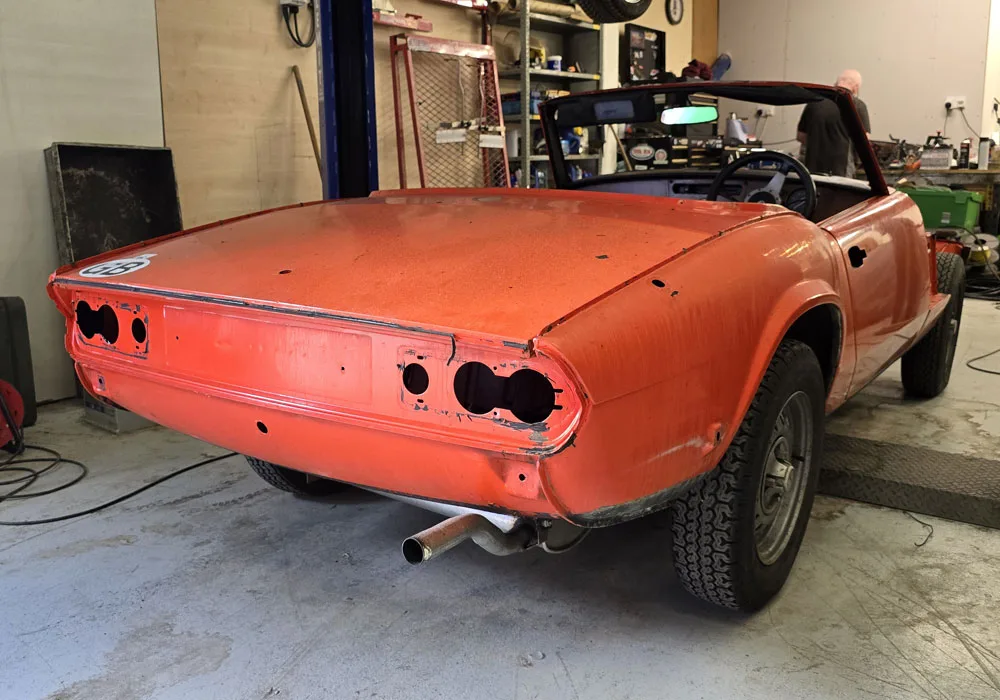
Are you ready to start your restoration journey with us?
St Helen Way
St Helen Industrial Estate
Bishop Auckland
DL14 9AZ
Tel: 01833 630 011 / Mob: 07973 616 478




By signing up, you agree to Bidding Classics Privacy Policy
